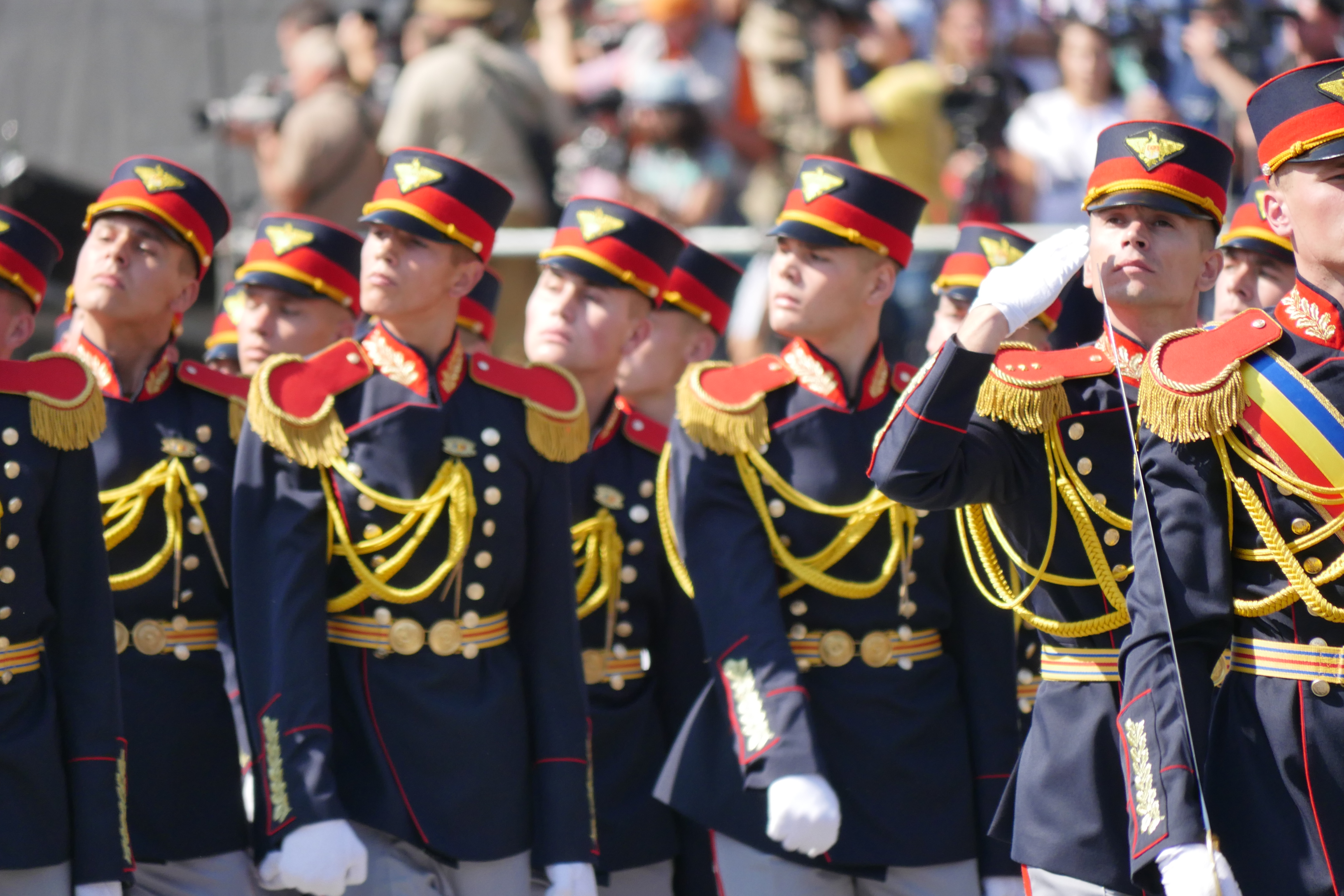This small land-locked East European nation has always been influenced by the presence of its larger neighbours whose wars and imperial ambitions often had dramatic impacts on the fate of the country.
Moldavia became a principality in 1359 when Bogdan I crossed the Carpathians and took control from the Hungarians. In the middle of the sixteenth century, it came under the influence of the Ottoman Empire becoming a vassal state, though Moldova retained control of its own affairs.
Following the end of the Russo-Turkish War, the 1812 Treaty of Bucharest ceded the eastern half of Moldavia to the Russian Empire, which was named the region Bessarabia.
In 1918, after the end of the First World War and the collapse of the Russian Empire, Bessarabia united with Romania.
The Mileștii Mici wine cellar in Moldova is the world’s largest with nearly two million bottles of wine stored in its vaults.
This unity lasted until 1940 when Romania was compelled to cede the country to the Soviet Union as a consequence of the Molotov–Ribbentrop Pact when Romania was carved up between Hitler’s Germany and Stalin’s USSR.
Like other Soviet regions, the movement for independence gathered pace in the late 1980s with the change in the political situation created by glasnost and perestroika. The first democratic elections were held in early 1990.
After the failure of the 1991 Soviet coup attempt to remove President Gorbachev, Moldova declared declared itself an independent and sovereign state on August 27th 1991.
Moldova’s Independence was officially recognized on March 2nd 1992 when Moldova became a member of the United Nations.
Until 2010, the Moldovan flag differed on the obverse and reverse sides, with the coat of arms only appearing on the front.
